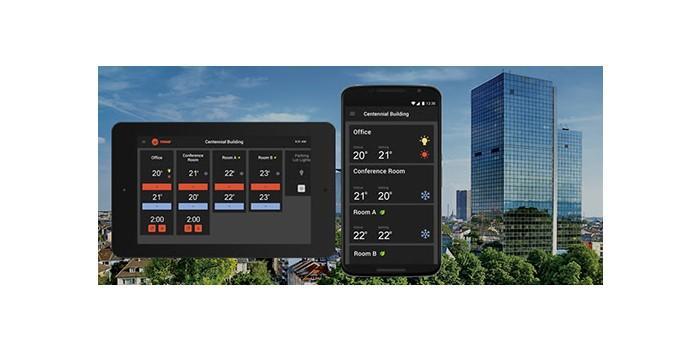 International. The narrative about connected building technology has changed, at least for the time being. Efforts around comfort, sustainability and reducing energy costs through better building operation now include strategies to do it all remotely, when unusual circumstances can make on-site work difficult.
International. The narrative about connected building technology has changed, at least for the time being. Efforts around comfort, sustainability and reducing energy costs through better building operation now include strategies to do it all remotely, when unusual circumstances can make on-site work difficult.
Today, most building operation software has the ability to interact with building systems from anywhere through web-based applications or user interfaces. As developers, we consider this to be a primarily convenience feature for most users, however, currently, remote building management is a necessity in many places.
Most users only access a small portion of the full capabilities, and they typically have more power in their hands than they realize. For this reason, Trane suggests taking some time to familiarize yourself with all the functions of the remote user interface and thus, put them to work and lists 6 recommendations to make this easier:
1. Regularly monitor and verify alarms, i.e. set additional alarms for points that are checked during scheduled overhauls in the building.
2. If occupancy patterns have changed, it is important to review the system schedule to match them. While many commercial buildings, including offices, shops, restaurants and entertainment venues may have less occupancy, mixed-use projects and residential buildings may have more people present at all hours of the day. Both scenarios can dictate operation changes in the system to save money or better manage comfort.
3. Remember that if you have multiple buildings within a building operation system, you can usually implement scheduling changes evenly across all (or selected) buildings quickly and easily. You can also restore the previous settings just as easily when things return to normal.
4. Extend the range of BAS (emergency braking system). Consider integrating systems or equipment for additional buildings into the existing BAS, and making it visible and manageable through the remote user interface. This may be easier than you think, thanks to wireless technology and the design of open architecture systems.
5. Identify gaps or weaknesses in remote building management. Is there anything you wish I could see or do remotely? Write it down and make a plan to make these improvements and changes that will help you in the future.
6. Add third-party monitoring for critical systems. Consider our remote building monitoring with 24/7 service.
With new problems also come new solutions. Today, it's easy to imagine new ways to advance technology to make buildings more responsive and resilient to customer needs and global events.



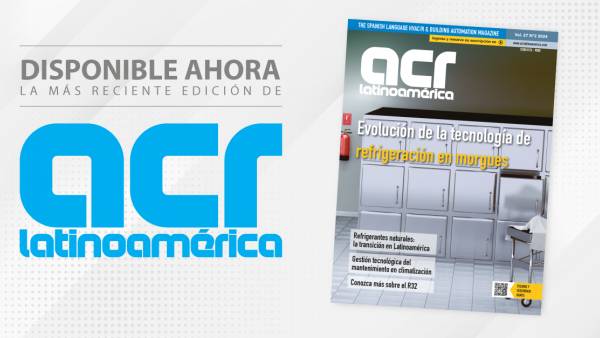
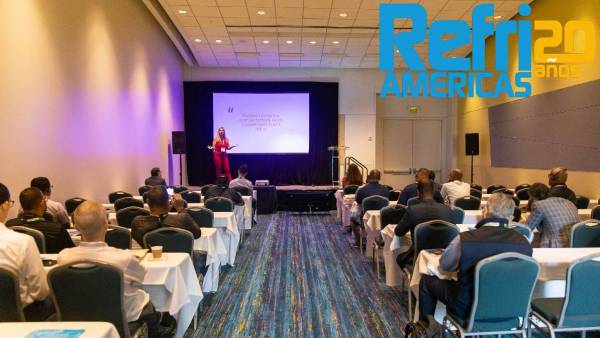
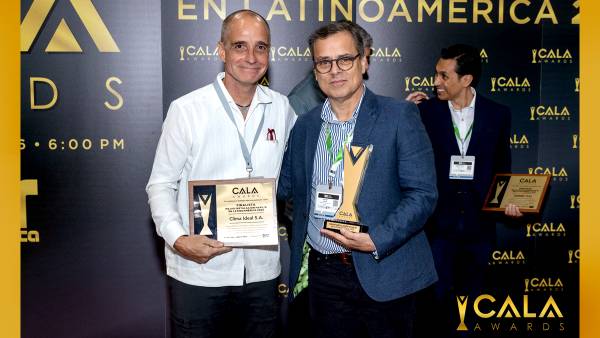
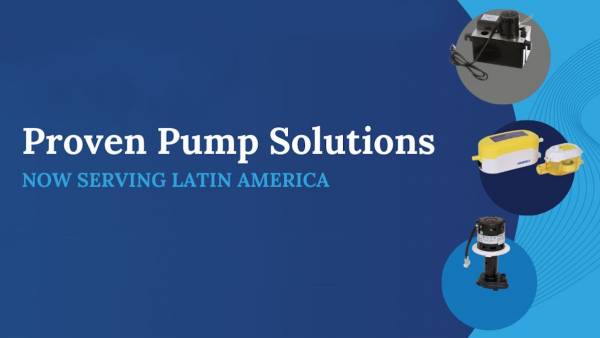
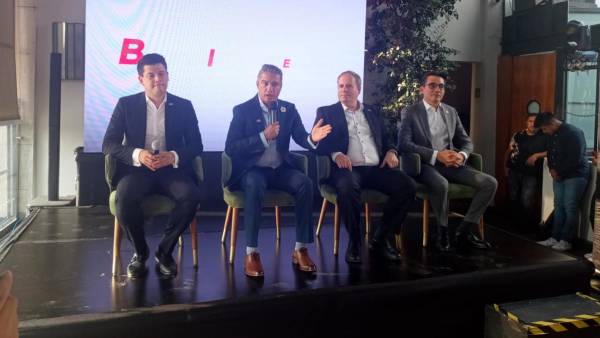
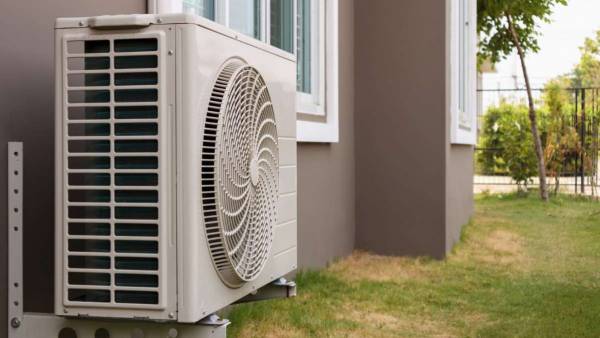

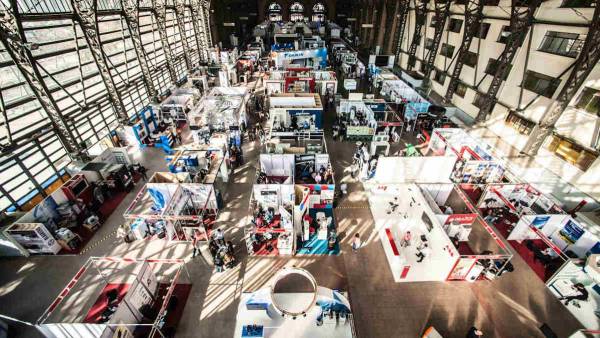














Leave your comment